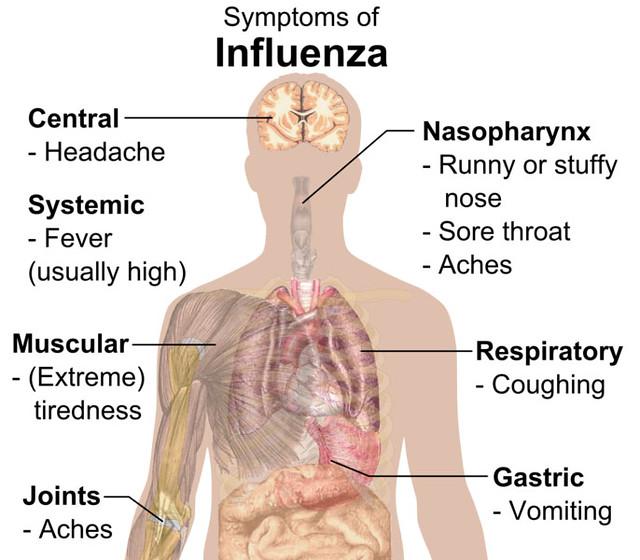
Pleomorphic sarcoma, also known as undifferentiated high-grade pleomorphic sarcoma, is a type of soft tissue sarcoma that develops in the connective tissues of the body. This rare and aggressive cancer can occur in the muscles, fat, nerves, blood vessels, and other tissues. While the exact cause of pleomorphic sarcoma is not fully understood, research suggests that genetic mutations and exposure to certain environmental factors may play a role in its development.
Early detection and treatment of pleomorphic sarcoma are crucial for improving the prognosis and quality of life for patients. Recognizing the symptoms of pleomorphic sarcoma can lead to prompt medical intervention and better outcomes. In this article, we will explore the common signs and symptoms of pleomorphic sarcoma that individuals should be aware of.
1. Swelling or Lump
One of the most common symptoms of pleomorphic sarcoma is the presence of a swelling or lump in the affected area. This swelling may gradually increase in size and can be painful to the touch. In some cases, the lump may feel firm or hard, and it may not move when pressed on. It is important to monitor any unexplained lumps or swelling and seek medical attention if they persist or worsen over time.
2. Pain or Discomfort
Pleomorphic sarcoma can cause localized pain or discomfort in the affected area. This pain may be persistent or intermittent and can range from mild to severe. Patients may experience tenderness, aching, or throbbing sensations in the muscles, soft tissues, or bones near the tumor. The pain may also radiate to other parts of the body, depending on the location and size of the tumor. If you experience unexplained or persistent pain, it is important to see a healthcare professional for further evaluation.
3. Limited Range of Motion
As pleomorphic sarcoma develops in the soft tissues or muscles, it can lead to a restriction in the range of motion in the affected area. Patients may notice stiffness, weakness, or difficulty moving the affected limb or joint. This limitation in movement can impact daily activities such as walking, reaching, or lifting objects. If you experience a sudden decrease in flexibility or mobility, it is important to discuss these symptoms with a healthcare provider.
4. Neurological Symptoms
In some cases, pleomorphic sarcoma can exert pressure on nearby nerves, leading to neurological symptoms. Patients may experience tingling, numbness, weakness, or decreased sensation in the affected area. These symptoms may worsen over time and can affect motor function and coordination. If you notice any changes in your sensory or motor abilities, it is essential to seek medical attention for a thorough neurological assessment.
5. Fatigue and Weight Loss
Pleomorphic sarcoma can cause systemic symptoms such as fatigue, malaise, and unexplained weight loss. Patients may feel persistently tired, weak, or lacking in energy, even with adequate rest. Unintentional weight loss may occur as the cancer progresses, leading to a loss of appetite and muscle wasting. If you experience unexplained fatigue or weight changes, it is important to discuss these symptoms with a healthcare professional.
6. Visible Skin Changes
In some cases, pleomorphic sarcoma may cause visible changes in the skin overlying the tumor. Patients may notice redness, warmth, or discoloration of the skin in the affected area. The skin may appear stretched, shiny, or have a peau d’orange (orange-peel) texture. These skin changes can be a sign of underlying tissue damage and should prompt further evaluation by a healthcare provider.
7. Respiratory Symptoms
If pleomorphic sarcoma develops in the chest or abdominal cavity, it can lead to respiratory symptoms such as coughing, shortness of breath, or chest pain. Patients may also experience difficulty breathing, wheezing, or persistent coughing that does not improve with standard treatments. If you have unexplained respiratory symptoms, it is important to undergo a thorough medical examination to rule out potential underlying causes.
8. Gastrointestinal Symptoms
In cases where pleomorphic sarcoma affects the abdominal or pelvic organs, patients may experience gastrointestinal symptoms such as abdominal pain, bloating, or changes in bowel habits. These symptoms may be accompanied by nausea, vomiting, or unexplained indigestion. It is crucial to discuss any gastrointestinal complaints with a healthcare professional to determine the underlying cause and appropriate diagnostic testing.
9. Fever and Night Sweats
Pleomorphic sarcoma can trigger systemic inflammation, leading to fever and night sweats in some patients. These symptoms may occur intermittently or persistently and can be accompanied by chills, fatigue, and generalized malaise. If you experience unexplained fever or night sweats, it is important to seek medical attention to rule out underlying infections or other medical conditions.
10. Generalized Weakness
As pleomorphic sarcoma progresses, it can cause generalized weakness and a decline in overall physical function. Patients may experience a loss of strength, endurance, and balance, making it challenging to perform daily tasks and activities. It is essential to address any unexplained weakness or decline in functional abilities with a healthcare provider to determine the underlying cause and appropriate interventions.












